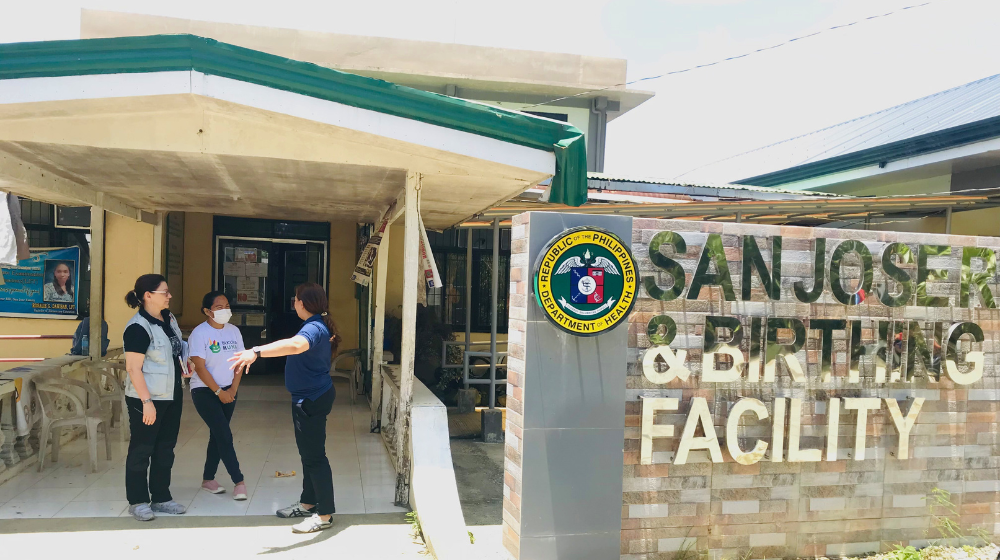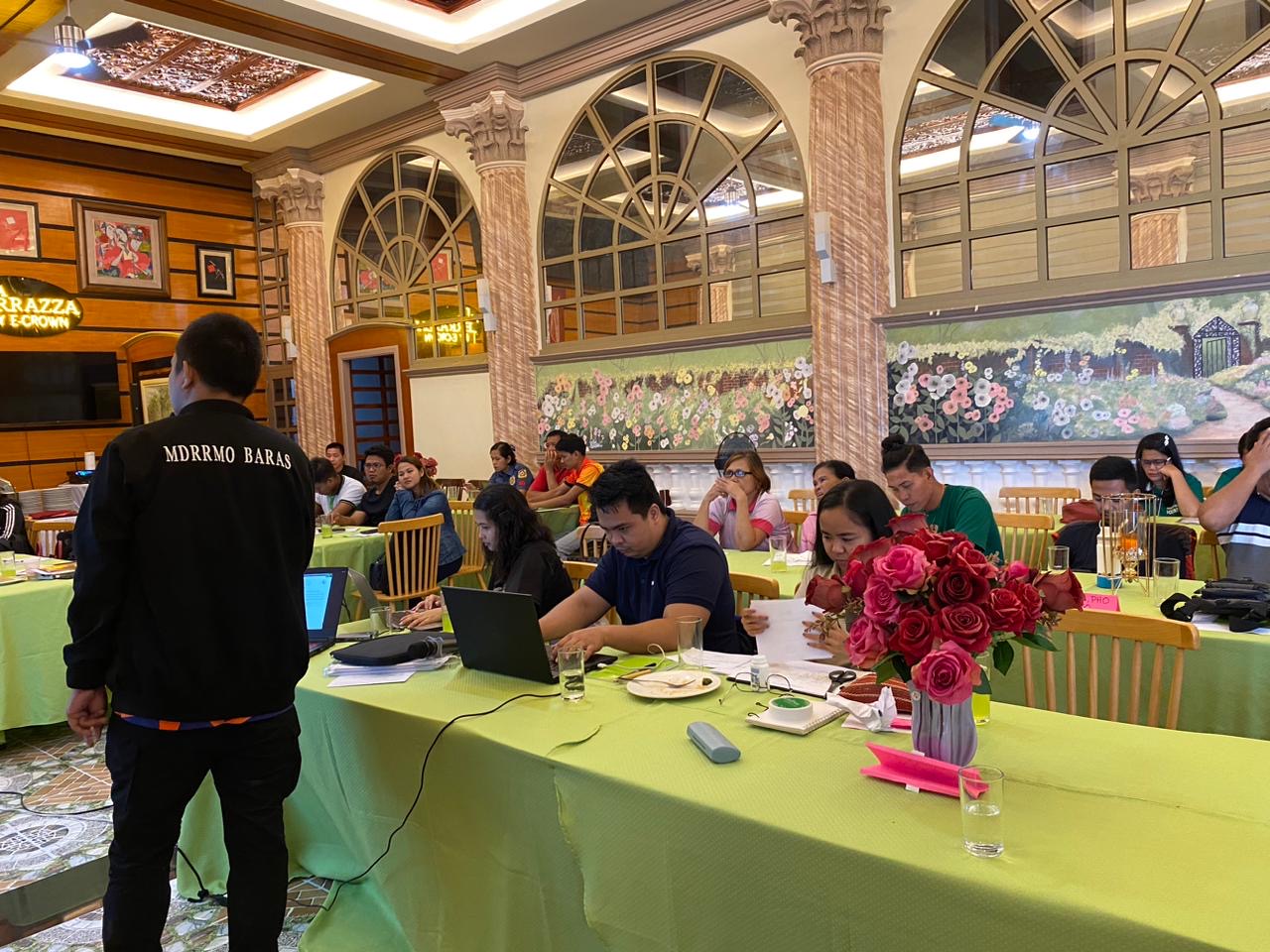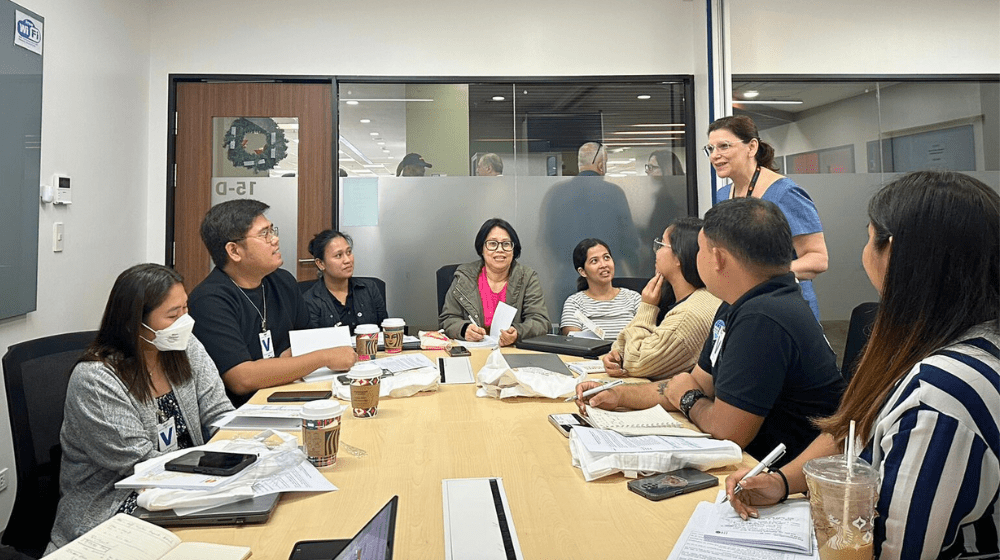PHILIPPINES – Pregnant women stranded in typhoon shelters, medical supplies cut off, and the threat of gender-based violence and risk of infectious diseases rising alongside floodwaters. This is the harsh reality for many Filipino women and girls in areas most affected by the annual onslaught of over 20 typhoons.
To ensure that no one is left behind, United Nations agencies in the Philippines, including the United Nations Population Fund (UNFPA) has established an ongoing Anticipatory Action (AA) programme. The UN-led pilot project in the Philippines aims to protect vulnerable communities from typhoons before they hit. The project provides cash assistance and other support to help people prepare their homes, secure their livelihoods, and meet basic needs while evacuated. This initiative, covering Regions 5, 8, and 13, expects to reach over half a million people with pre-emptive assistance.
The programme uses multiple forecasting models to predict the severity of a typhoon and its impact on specific regions. Based on these predictions, two-stage triggers determine when to activate pre-emptive action. If triggers are met, funds from the Central Emergency Response Fund (CERF) are released to initiate anticipatory action, such as providing pre-disaster assistance to at-risk communities.

As the United Nations sexual and reproductive health agency, UNFPA and its humanitarian partners ACCORD, ADRA and Good Neighbors International Philippines are focusing on mitigating reproductive health and gender-based violence (GBV) risks faced by vulnerable women and girls to maintain their dignity, health, and protection throughout the emergency.
At the municipal level, the mentioned implementing partners led Joint Preparedness and Implementation Planning Workshops in collaboration with Provincial governments. These workshops brought together key players such as health, social welfare, and disaster risk reduction and management officers to develop critical implementation plans for activating the anticipatory action.

The Anticipatory Action initiative will be implemented in UNFPA’s covered municipalities (in Catanduanes, Dinagat Islands, Eastern Samar, Southern Leyte, and Surigao del Norte).
This year, UNFPA Philippines visited the target regions and municipalities and met with local government officials, regional health and social welfare officers to orient and consult them about the anticipatory action framework and planned activities. UNFPA Philippines Country Representative Dr. Leila Joudane and staff were able to visit local hospitals, rural health units and facilities supported by UNFPA and its development partners such as women-friendly spaces, Women Health on Wheels trucks and a sea ambulance to check their status and to learn about the gaps and needed improvements that need to be addressed.


